The Caribbean has been a long time hot spot for divers from all over the world. The islands of the West Indies boast some of the most picturesque views, many of them deep beneath the turquoise waters of the Atlantic Ocean and the Caribbean Sea. These Wonders of the West
Indies wreck dives are absolutely a must-see on your next trip to the islands.
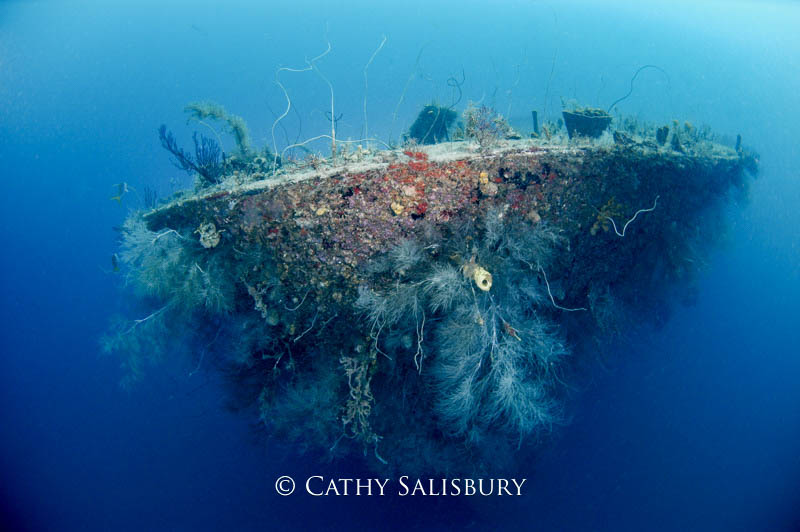
Bianca C – Grenada
Known as the Titanic of the Caribbean, the Bianca C rests upright on its keel in 167 feet of water off the southwestern coast of Grenada. The luxury cruise liner suffered an explosion in October of 1961 and burned for two days, and after a failed attempt to stop the flames and beach the Bianca C off Point Salines, the luxury liner went down. The Bianca C is an advanced dive because of its depth, and divers must do a negative entry to reach the top of the wreck at 90 feet due to strong currents. This wreck is just under 600 feet in length and has a swimming pool at 125 feet, which is one of the main attractions for scuba divers. Due to its age and previous storms, the wreck has deteriorated; and not recommended for penetration. But there is still plenty to see on this massive wreck, along with abundant sea life like eagle rays, nurse sharks, spadefish, and barracuda.
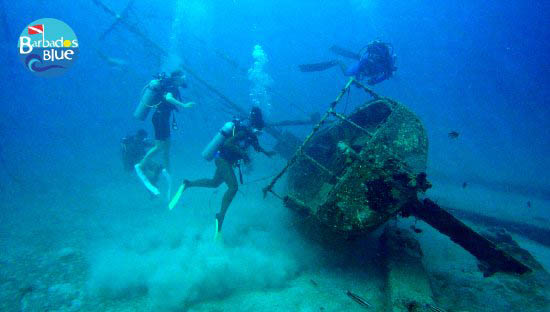
Carlisle Bay Marine Park – Barbados
Set in a natural harbor on the west coast of Barbados is the Carlisle Bay Marine Park. This bay once filled with British merchant vessels now is a protected underwater park with eight different shipwrecks and loads of sea life, a divers delight. The wrecks range from a French vessel, The Berwind, sunk by its crew in 1919, sitting in just 15 feet; an old tug turned party boat, the Bajan Queen sunk to 30 feet in 2002; to the newest wreck sunk in 2006, the Trident, a decommissioned Barbados Coast Guard ship which sits upright in the sand at 80 feet. Diver lovers to visit the wrecks, but so do sea turtles and seahorses, you can see them on almost every dive.
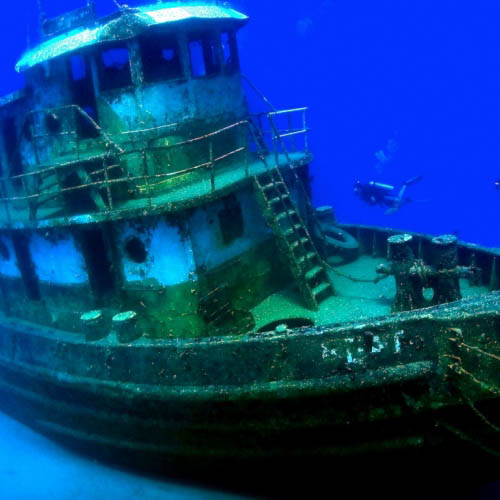
Wreck Alley – British Virgin Islands
Wreck Alley is off the coast of Cooper Island in the British Virgin Islands close to a reef wall. This dive site features four different shipwrecks sunk purposely to form a protected artificial reef system. Marie L, an old cargo boat, is the oldest wreck sunk in the 1990s, and the others; Pat,
Beata, and Island Seal; sunk around ten years later. A deeper dive for more advanced divers, the wrecks sit in 78 to 90 feet of water and are a hot spot for stingray and pelagics. Garden eels hunker down around the wrecks and loads of tropical fish species can be seen in and around
the dive site.
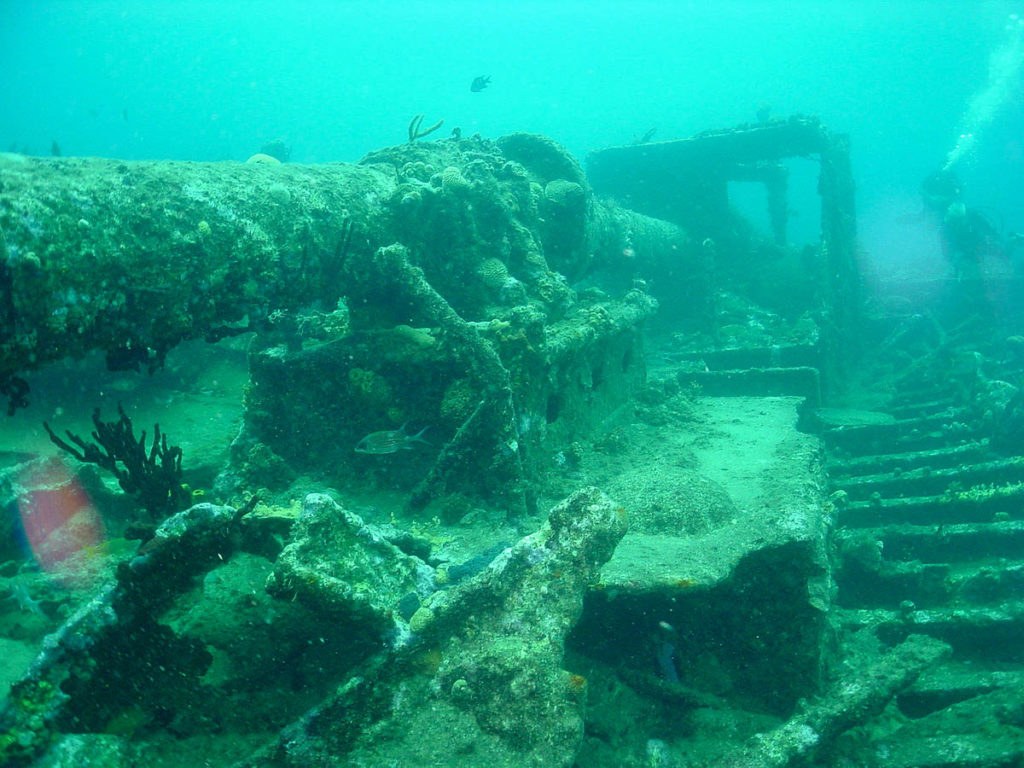
RMS Rhone – British Virgin Islands
The RMS Rhone sits on its side in just over 60 to 80 feet of water off the coast of the British Virgin Islands. This wreck dive can be split into two dives because the ship is in into two sections, and there is so much to explore. This 310-foot shipping vessel went down in October of 1867 during a strong hurricane and is now home to a variety of marine species large and small. Historical artifacts remain on the ship, and the massive bronze propeller is a popular underwater photo backdrop. Rough surface conditions and strong currents make this a site for advanced divers.
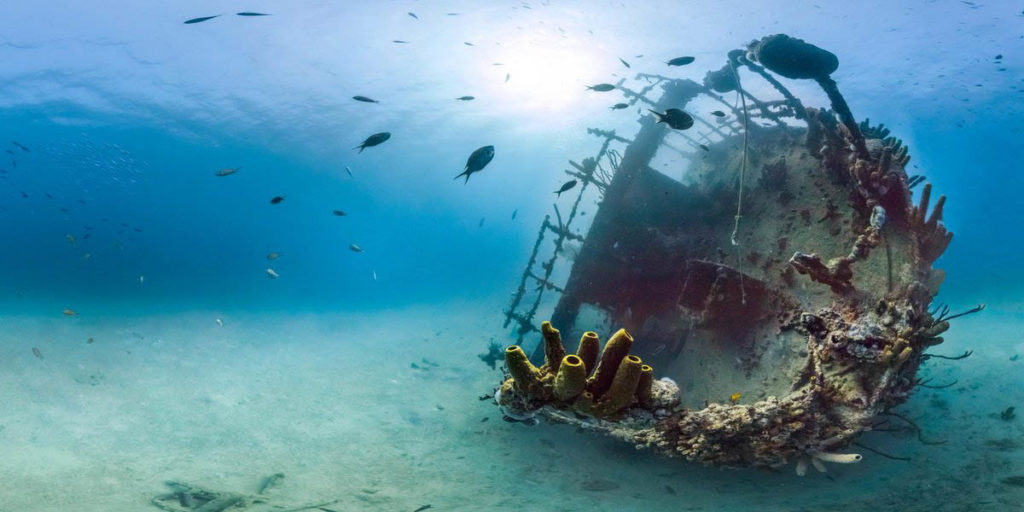
S.S. Antilla – Aruba
Located off the northern coast of Aruba is one of the largest shipwrecks in the Caribbean, the once German cargo vessel S.S. Antilla. Its crew sank this ship after being threatened by Dutch Marines during World War II. This 400-foot wreck is still somewhat in tac, although large swells have caused some damage over the years. S.S. Antilla is covered in sponges, corals, and a wide array of tropical reef fish, lobsters, and orange anemones. This is a shallow wreck suitable for snorkeling and recreational divers because much of the wreck can be seen from the surface, and the maximum depth is just 60 feet.
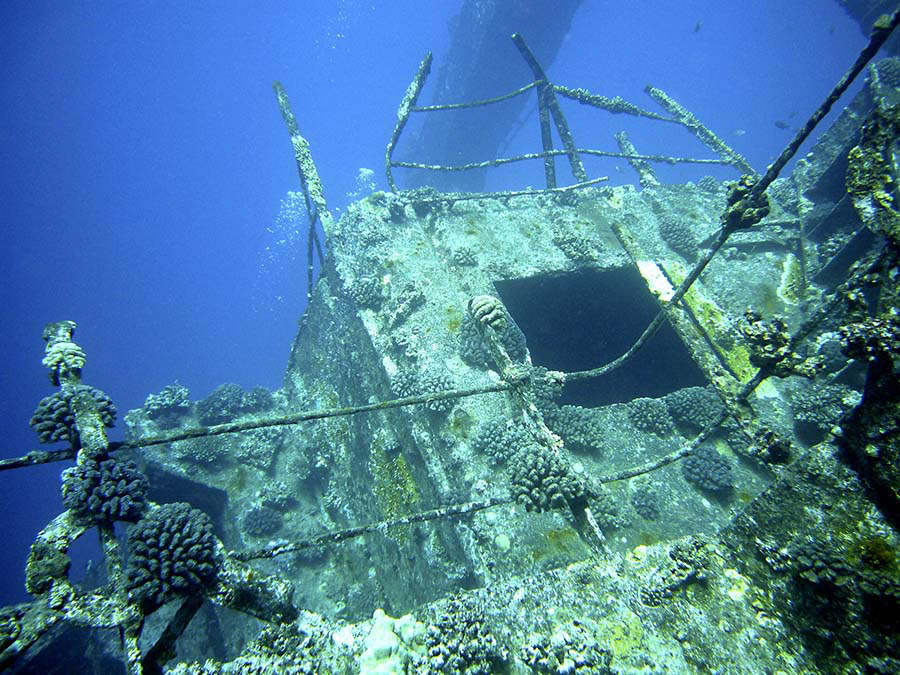
S.S. Stavronikita – Barbados
The S.S. Stavronikita sits close to the shoreline on the west coast of Barbados. This 365 foot Greek cement freighter caught fire off the coast of the island in 1976 and was eventually sunk for diving two years later by the U.S. Navy. The top of the foremast sits in around 20 feet of water and is a popular safety stop spot with loads of coral and sergeant majors covering it. The propeller of the S.S. Stavronikita is in just over 135 feet, making this an advanced dive, and it usually takes more than two dive to see the massive underwater wreckage fully. The midship
has collapsed over the years due to currents and swells, but some areas of the wreck can are still suitable for penetration. You may even see a giant hawksbill turtle hiding if you swim through the holes in the hull of this wreck.
Article submitted by Heather Barbour Wyatt
About Heather
I was born in Raleigh, NC and stayed in NC for college and professionally until 2015. I went to school for communication/business and worked in the corporate/education world from 2006 to 2014. I started as a marketing intern at NC State University and then worked with Entrepreneurship students which then inspired me to open my own business. Wine & Design Charlotte became my life from 2011 to 2014 and I loved every minute. We sold the business which has led me to where I am now. I do contract writing, marketing, social media, and Virtual Assistant work and have become a certified Travel Specialist, PADI Master Scuba Diver Trainer (MSDT) and day sailing captain.
I love traveling, exploring and writing about my adventures so I decided why not make that my full-time job. ItsJustBarbs Travel & Virtual Assistant Services is my newest adventure. I can help you book the trip of your dreams anywhere in the world or organize your life with my Virtual Assistant Services.
I also love bikinis, cats, and a nice glass of bubbly!







